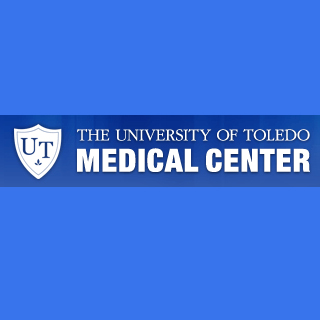
Apparently, the study also discovered that migraineurs accounting for childhood emotional or physical abuse and/or neglect seemed to have drastically elevated amount of comorbid pain conditions as opposed to those devoid of a record of maltreatment.
As per a report by the U.S. Department of Health and Human Services, state and local child protective services (CPS) examined around 3.2 million reports of child abuse or neglect in the year 2007. CPS categorized around 7, 94,000 children as victims. As roughly 59% were sorted into child neglect; around 4% were victims of emotional abuse; roughly 8% of sexual abuse; and approximately 11% reported for physical abuse cases.
Both population- and clinic-based studies, counting the current study, are said to have illustrated a relationship between childhood mistreatment and an augmented danger of migraine chronification after several years.
To perform this study, Gretchen E. Tietjen, M.D, from the University of Toledo Medical Center, and colleagues, enlisted a cross-sectional examination of headache clinic patients with physician-diagnosed migraine. This survey took place at around 11 outpatient headache centers.
Childhood maltreatment was evaluated via the Childhood Trauma Questionnaire (CTQ), a 28-item self-reported quantitative measure of childhood abuse which includes physical, sexual and emotional. Also neglect was gauged as comprising of physical as well as emotional. Self-reported physician-diagnosed record of comorbid pain conditions like irritable bowel syndrome (IBS), chronic fatigue syndrome (CFS), fibromyalgia (FM), interstitial cystitis (IC), and arthritis was apparently documented on the questionnaire.
A sum of around 1348 patients, detected with migraine filled the surveys. It was apparently discovered that migraineurs who accounted for childhood emotional abuse or physical neglect seemed to have a considerably elevated frequency of comorbid pain conditions as opposed to those devoid of a past record of maltreatment. Around 61% apparently encompassed at least 1 comorbid pain condition and approximately 58% accounted undergoing childhood trauma either by abuse or neglect. The amount of diverse maltreatment kinds endured in childhood seemed to associated with the amount of comorbid pain during adulthood.
Particularly, physical abuse seemed to be linked to an elevated occurrence of arthritis. Emotional abuse appeared to be associated with a bigger incidence of IBS, CFS, FM, and arthritis. Physical neglect appeared to relate to more reports involving IBS, CFS, IC, and arthritis. In women, physical abuse and physical neglect may be connected to endometriosis (EM) and uterine fibroids, emotional abuse with EM, and emotional neglect with uterine fibroids.
Dr. Tietjen commented, “Our study found that while childhood maltreatment is associated with depression, the child abuse-adult pain relationship is not fully mediated by depression.â€
The outcomes from this study, in addition to three recent population-based studies is said to signify that relations of maltreatment and pain were independent of depression and anxiety, both of which could be extremely rampant in this population.
The study authors propose that for people appearing for migraine treatment, childhood maltreatment could be a vital threat issue for developing comorbid pain disorders. Dr. Tietjen concluded by mentioning that since migraine onset preceded onset of the comorbid pain conditions in our population, treatment strategies such as cognitive behavioral therapy may be particularly well suited in these cases.
The study appears in The Journal of Head and Face Pain.
